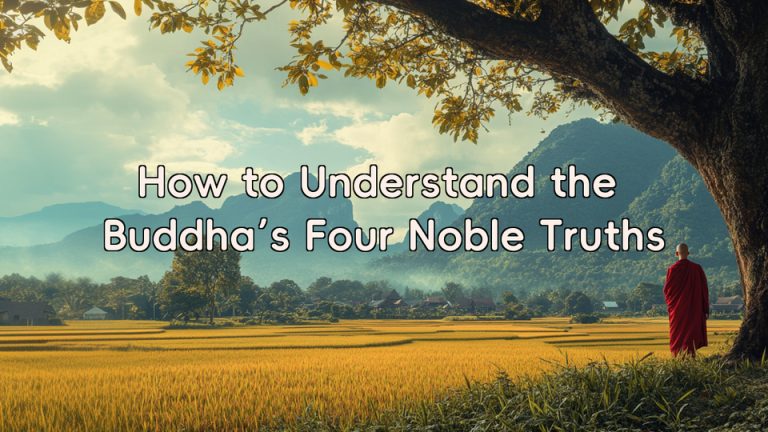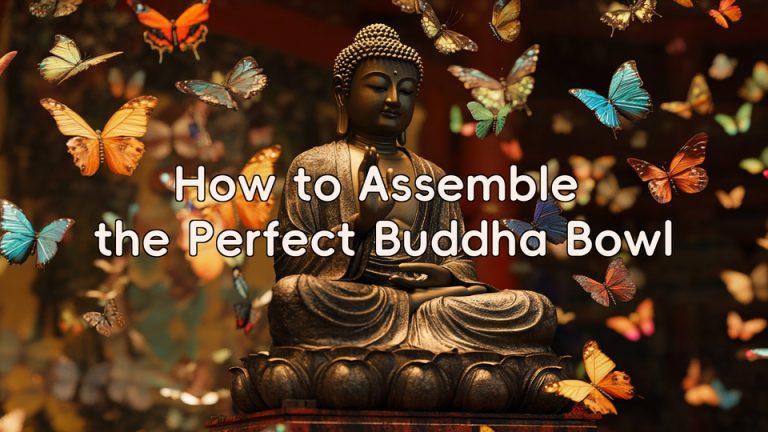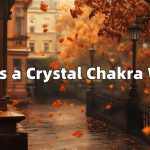Who Was the Buddha
Buddhism, originating about over 2,500 years ago in ancient India, was founded by a prince named Siddhartha Gautama from the Kingdom of Kapilavastu. Many Western countries commonly believe that India is the birthplace of Buddhism. However, in reality, modern India is actively trying to shape its image as a “Buddhist holy land.”

In fact, the family name of the Buddha is Gautama, formerly known as Gotama; he is called Siddhartha Gautama because he belonged to the Shakya clan.
The term “Buddha” means “the Enlightened One.” He is also referred to as Tathagata, Bhagavān, Samyaksaṃbuddha, Vidyacaranasampanna, Sugata, Lokavid, Anuttarapuruṣadamasaṃbodhi, Śāstādevamanuṣyāṇām, and Bhagavān. Buddhism emphasizes the advancement and enlightenment of the human spirit and morality. The purpose of practicing Buddhism for its followers is to follow the path realized by Siddhartha Gautama to discover the truth about life and the universe, ultimately transcending life and death, overcoming suffering, and achieving complete liberation from all troubles.
Buddhism, a profound religious and philosophical tradition, emerged from the enlightening experiences of a single individual known as the Buddha. The term ‘Buddha’ is an honorific designation, translating to ‘the awakened one,’ someone who has unraveled the truth of existence. About 2,500 years ago, a man named Siddhartha Gautama, who would later become the Buddha, was born in what is now known as Nepal.
Contrary to common misperceptions, Gautama Buddha was neither a deity nor a prophet, but a man who transcended ordinary human understanding to attain Enlightenment, a profound understanding of the essence of life and reality.
Born into regality in a small kingdom straddling the borders of modern-day India and Nepal, Siddhartha lived a life of opulence and privilege. However, his comfortable existence was disrupted by a harsh confrontation with the realities of life – old age, disease, and mortality.
This stark realization triggered a deep existential crisis within Siddharta, leading him to question the very meaning and purpose of life. This inner turmoil prompted him to abandon his royal life and undertake the traditional Indian path of a renunciate, an individual who seeks the Ultimate Truth.
Under several spiritual teachers, Siddhartha honed his meditation skills. Yet, he felt the call to a more austere form of spiritual practice, embodying the idea that spiritual liberation could be achieved by intense physical denial. He pursued this path of asceticism to its extreme, nearly succumbing to starvation in his fervent quest for spiritual liberation.
FAQ:
- Who was Buddha?
- Buddha, meaning “The Enlightened One,” was originally named Siddhartha Gautama. He is the founder of Buddhism and lived in ancient India around the 6th century BCE. After years of ascetic practices and meditation, he attained enlightenment under the Bodhi tree, thus becoming the Buddha.
- Where was Buddha born?
- Buddha was born in Lumbini, which is now in modern-day Nepal, near the Indian border. It was part of ancient India at the time of his birth.
- What was Buddha’s educational and life background?
- Buddha was born into the Shakya clan’s royal family. His early life was spent in luxury and protection. At the age of 29, after witnessing the suffering of life (old age, sickness, and death), he decided to leave his palace in search of a path to enlightenment.
- How did Buddha achieve enlightenment?
- After six years of rigorous asceticism and meditation, Buddha finally achieved complete enlightenment under a Bodhi tree in Bodh Gaya (present-day Bihar, India), understanding the true nature of life and the path to liberation from suffering.
- What are the core teachings of Buddha?
- Buddha’s teachings are based on the Four Noble Truths (suffering, the origin of suffering, the cessation of suffering, and the path leading to the cessation of suffering) and the Noble Eightfold Path. These teachings explain the nature of suffering, its causes, and how to attain Nirvana, the cessation of suffering.
- How were Buddha’s teachings spread after his death?
- After Buddha’s death, his disciples began spreading his teachings. Buddhism gradually spread throughout India and later to other parts of Asia, including East Asia, Southeast Asia, Central Asia, and even as far as Western Asia.
- What are the major sects of Buddhism?
- Buddhism is primarily divided into three major branches: Theravada (the “School of the Elders”), prevalent in Sri Lanka, Myanmar, Thailand, Laos, and Cambodia; Mahayana (the “Great Vehicle”), found in China, Korea, Japan, and Vietnam; and Vajrayana (Tantric or Esoteric Buddhism), practiced in Tibet, Mongolia, and Bhutan.
- What are the core values of Buddha’s teachings?
- Buddha’s teachings emphasize karma (the law of cause and effect), impermanence (the transient nature of all things), anatta (the non-self or absence of a permanent self), and compassion and loving-kindness towards all beings.
- What was the historical context of Buddha’s life?
- Buddha lived during a period of significant transformation in ancient India, characterized by religious and philosophical development, social changes, including urbanization, and the establishment of new kingdoms.
- Who were some of Buddha’s famous disciples?
- Buddha had many notable disciples, including Sariputta, Moggallana, Ananda, and Mahakasyapa, who played significant roles in spreading and interpreting Buddhist teachings.







